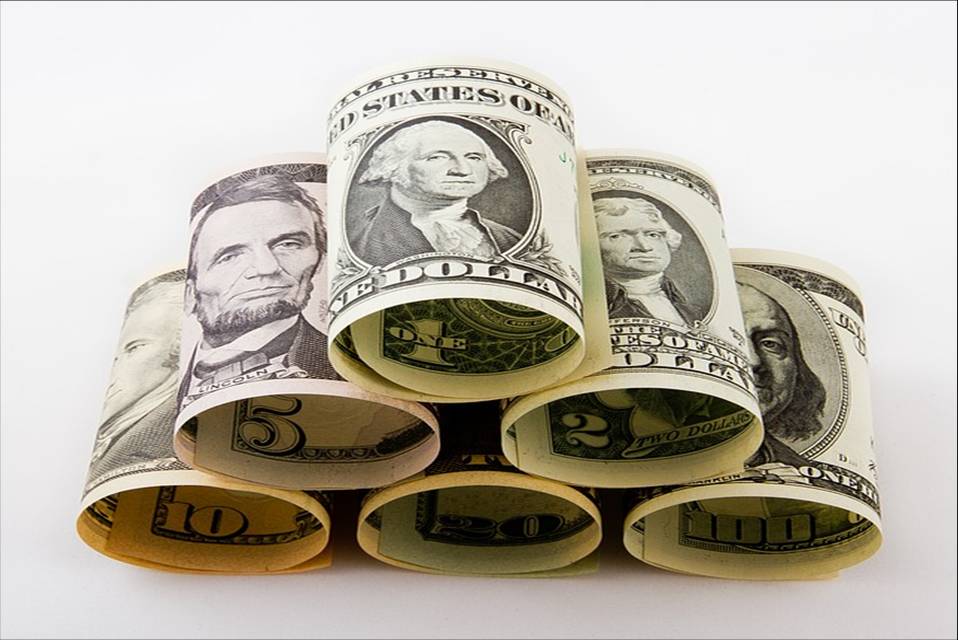Investment Strategies
US Inflation Runs Hot – Wealth Managers' Reactions

After more than a decade of very low interest rates and asset allocations that have shifted to chase yields, the wealth sector must face up to how a "new normal" of high inflation will change some of their assumptions.
Yesterday, any notion that US consumer price inflation will soon begin to fall took a knock with official figures showing that the CPI rose by 7 per cent, a 40-year high. A mix of supply chain disruption and huge central bank money printing, creating lots of cash seeking often supply-limited goods and services, has had an impact. How much of this will be temporary or long-lasting, and what the US Federal Reserve will do, remains arguably the dominant asset allocation call for this year. Inflation could even throw popular themes such as ESG investing in the shade. Old arguments about monetary policy that raged in the 70s and 80s could make a come-back. This news service intends to explore asset allocation changes that a higher-inflation era might require. For example, where does this leave the big push to private market investing that has been a wealth management talking point in recent years?
Here is a range of reactions from wealth managers and economists to the US figures.
Brian Nick, chief investment strategist,
Nuveen
The [US] Fed also appears primed to embark on quantitative
tightening as soon as the second half of this year. The magnitude
of this potential tightening remains unclear, because the Fed has
not said how fast it will allow securities to roll off or what
the terminal size of its balance sheet should be.
Equity markets have begun 2022 with an abrupt change in leadership from defensive and higher growth stocks to cyclical and value names. Energy stocks are off to a roaring start while financials are benefiting from higher rates and a slightly steeper yield curve.
Credit markets are performing well despite the rate volatility. Nuveen expects the lurch higher at the outset of 2022 to prove no exception. The US Treasury curve can steepen further, with the 10-year yield ending near 2.5 per cent for the year.
Mark Haefele, chief investment officer, UBS Global Wealth
Management
“We expect the US 10-year yield to move from the current 1.73 per
cent to around 2 per cent over the coming months, as investors
digest the Fed's more hawkish stance along with further elevated
inflation readings. That said, we don’t expect a sharp rise in
yields that will imperil the equity rally.
Jack Janasiewicz, portfolio manager and lead portfolio
strategist, Natixis Investment Managers Solutions
Stripping out pandemic-affected services and vehicle-related
issues, inflation continues to remain contained albeit at higher
levels. We are set to enter a period where base effects will
begin to kick in as well. Year-on-year comparisons will be very
difficult to match given the base effect impacts. This will start
to make those year-on-year comps very challenged and will likely
lead to a softening in the numbers. Just simple math at
work.
But even as those base effects begin to challenge the inflation prints, tightening financial conditions are likely to start helping as well. The markets have priced almost four rate hikes for the Fed by end of 2022 and three more by end of 2023.
In addition, tapering has been accelerated and the talk of balance sheet run off is now front and center with some pundits calling for outright sales of those assets purchased later in the year.
March has all but made a rate by the Fed a foregone conclusion. June is not far behind either. But combine this with base effects, COVID-related improvements in supply chains and labor markets, the Fed’s tough talk on inflation, balance sheet management and some modest fiscal tightening and we could very well see inflation prints beginning to soften to a pace that some are not expecting.
Plenty of hawkish takes abound right now regarding monetary policy and inflation. And while the Fed continues to talk tough, they are also trying to buy time and let the economy normalize and the data show persistent inflation before moving to a more aggressive tightening campaign highlighted with rate hikes. Remember, it’s what’s priced into markets currently that matters. And there’s a lot of hawkishness baked in at current levels. Maybe too much.
Silvia Dall’Angelo, senior economist, at the
international business of Federated Hermes
Going forward, US CPI inflation might peak in the next couple of
months before starting a gradual descent in Q2. Base effects,
stabilization (or even moderation) of energy prices and,
crucially, an easing of supply constraints should all contribute
to drive inflation down in the second half of the year. That
said, there is still a significant amount of uncertainty
surrounding the outlook for inflation. In the short-term, the
combination of Omicron and China’s zero-COVID policy has the
potential of intensifying and protracting global supply chain
disruptions, resulting in persistent inflationary pressures.
Today's inflation report provides further validation of the Fed’s recent hawkish pivot. As Chair Powell reiterated at his confirmation hearing yesterday, inflation is now seen as the main threat to the economic outlook and the Fed is ready to tighten sooner or faster if needed. As inflation continues to run high and the labor market looks tight, the Fed might well use the optionality that an earlier end to its QE program offers and hike as early as March. In addition, the Fed is likely to resort to quantitative tightening in the second half of this year – much earlier compared with the previous cycle.